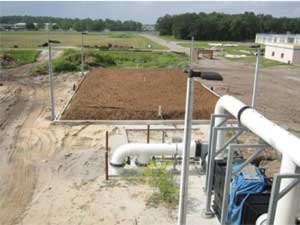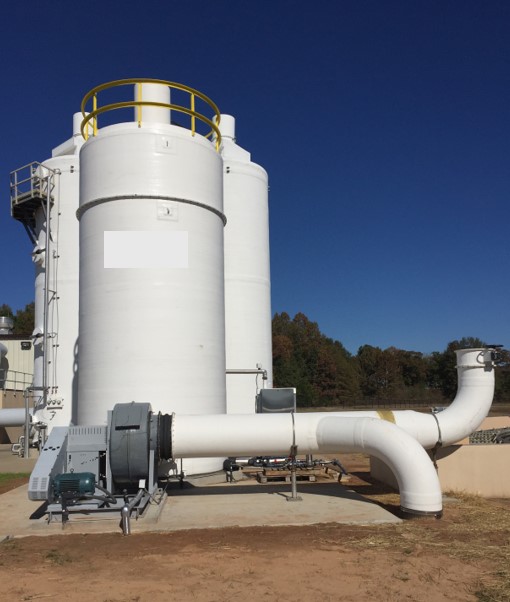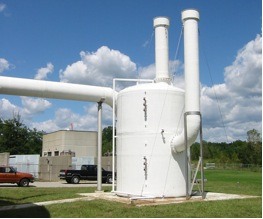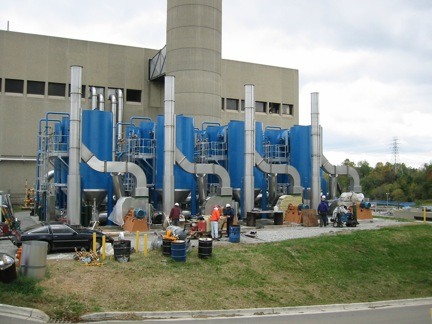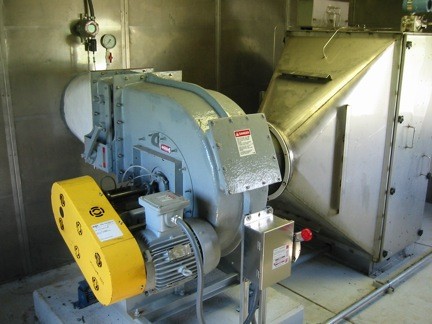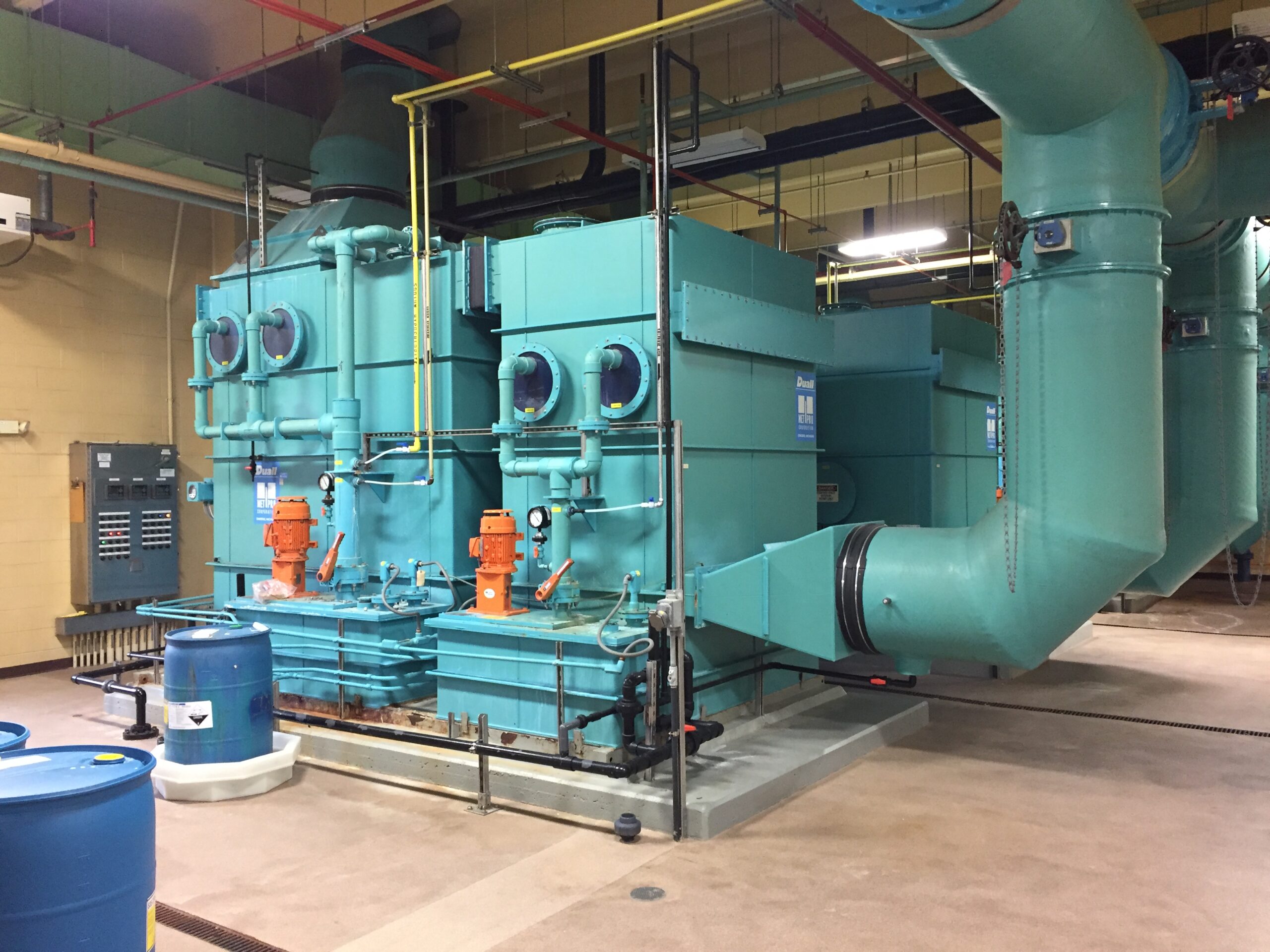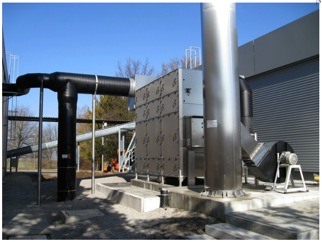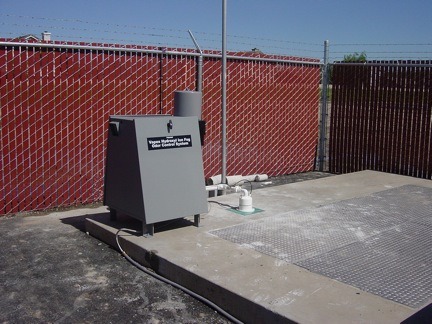Vapor Phase Treatment
WEA provides full-service odor control system design services. We can serve as the prime consultant or as a sub to other engineering firms. Many well-respected engineering firms call WEA when they have a project that requires odor control expertise.
Biofilters
Biofilters are an odor treatment technology that utilizes biological processes as the treatment mechanism like biotrickling scrubbers. Biofiltration utilizes naturally…
Biotrickling Scrubbers
Biotrickling Scrubbers (a.k.a. bioscrubbers) are an odor treatment technology that utilizes biological processes, as opposed to chemical processes, as their treatment mechanisms…
Carbon Adsorbers
Carbon adsorbers, biofilters and bioscrubbers are the most popular odor control technologies in municipal wastewater. Activated carbon has a complex pore structure with a very large surface area.
Thermal Oxidation
Thermal oxidation destroys odorous compounds and/or volatile organic compounds (VOC’s) in the air by heating them to about 1,400°F. The process works by subjecting the odorous air stream…
Activated Sludge Diffusion
Activated sludge diffusion is a technology that involves collecting odorous air, directing it to the suction side of aeration blowers, and diffusing it into activated sludge basins.
Chemical Scrubbers
Chemical scrubbers are a proven odor control technology. The basic objective of a scrubber is to provide contact between the odorous air, water, and chemicals to provide oxidation or absorption of the odorous compounds.
UV Oxidation (Photoionization)
The UV – Oxidation or photoionization process is a new odor control technology in the wastewater treatment plant industry, although it has a successful history in removing volatile organic compounds (VOC’s) from air in other industrial applications (primarily aircraft industry paint booths).
Ozone and Oxygen ionization
The Ozone (O3) and Oxygen Ionization (OH–) technology utilizes continuously generated ozone, air and water that are dispersed through an atomizing nozzle to create a fine water mist (or fog) of absorbed ozone with resulting hydroxyl ion in the mist.

